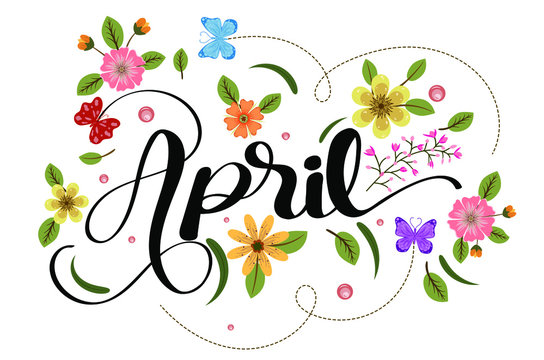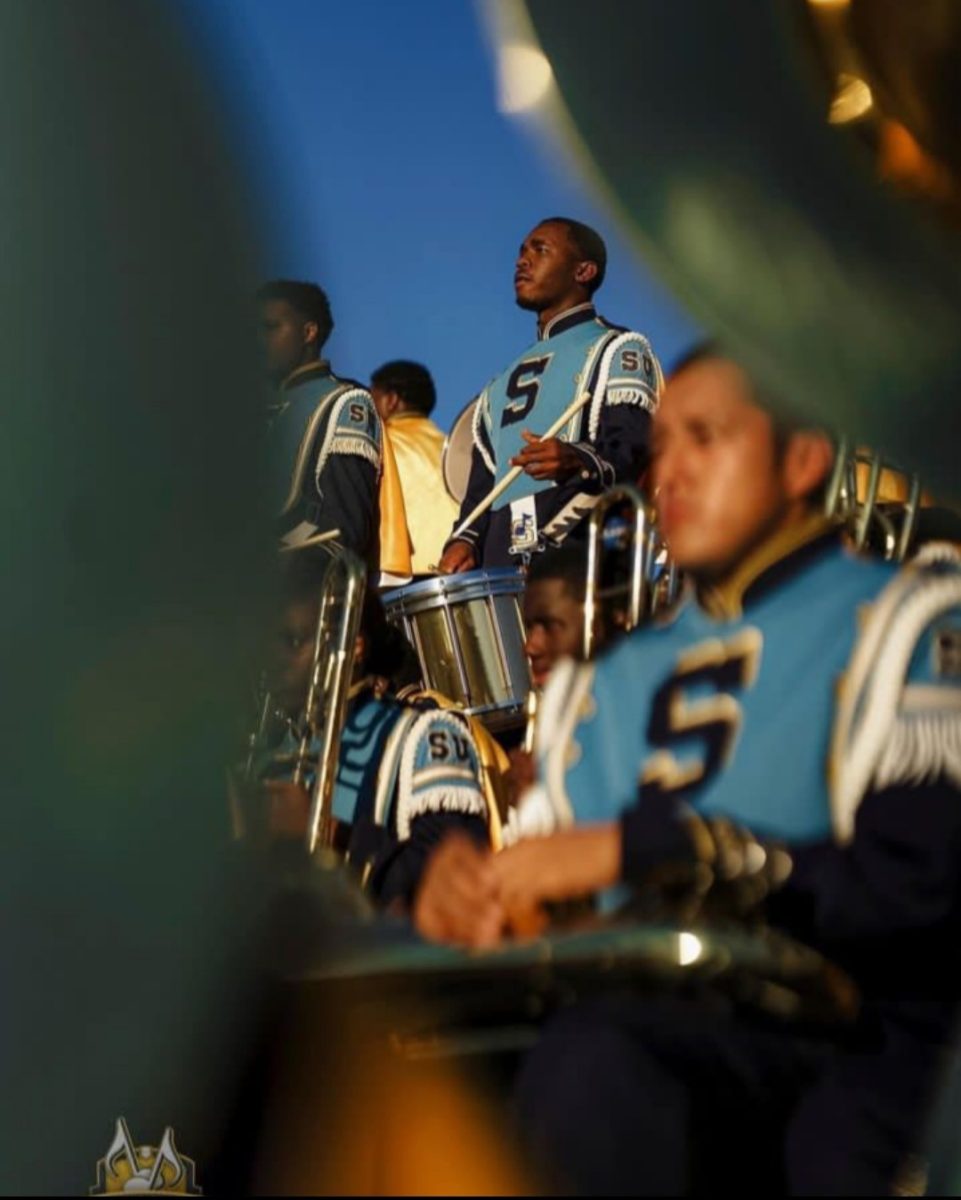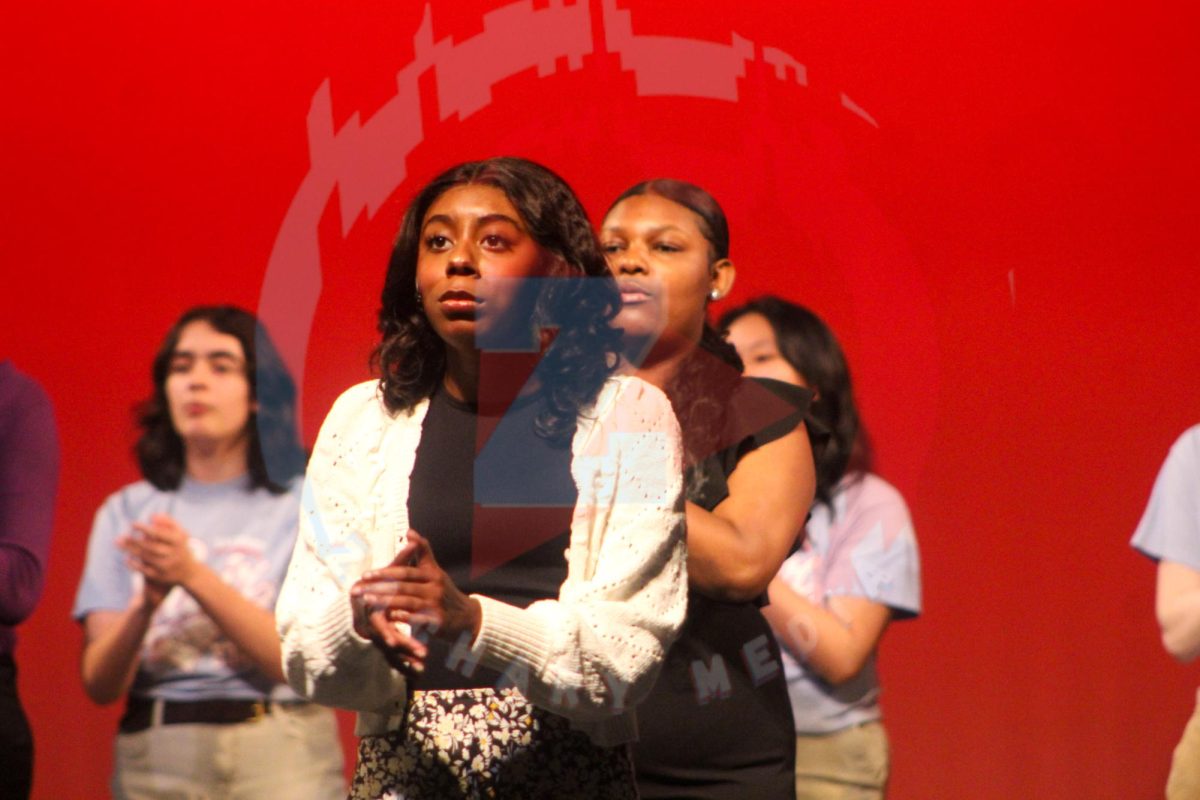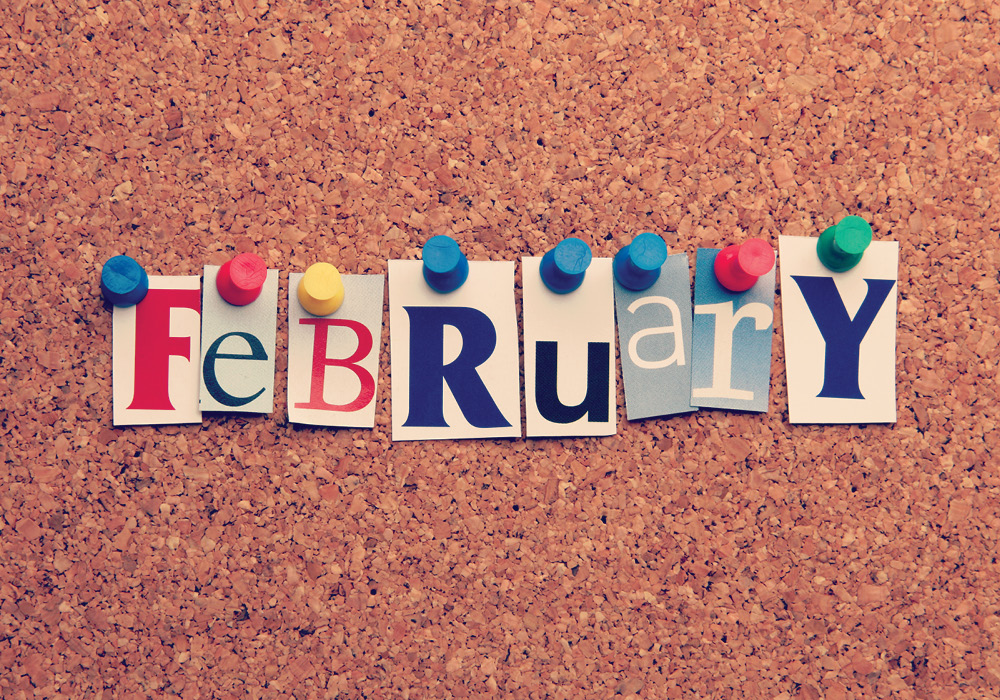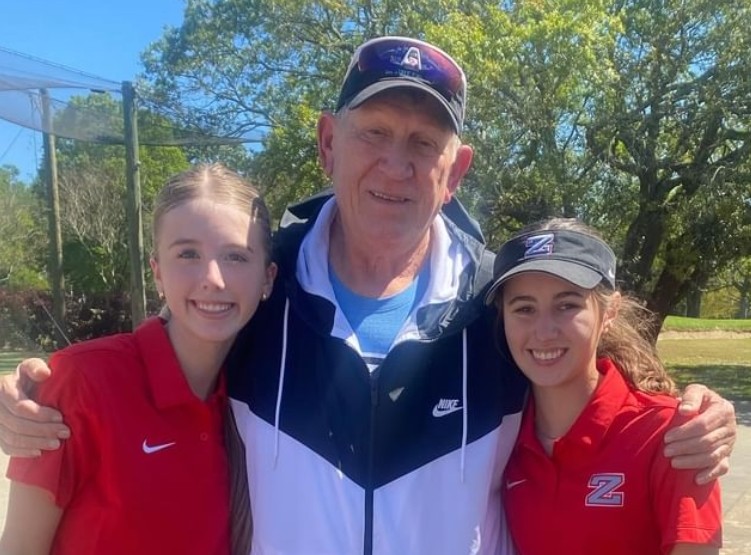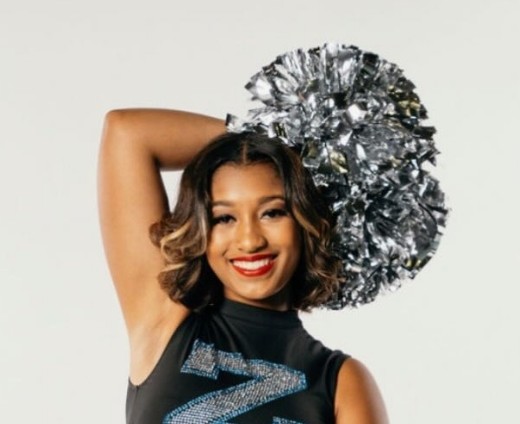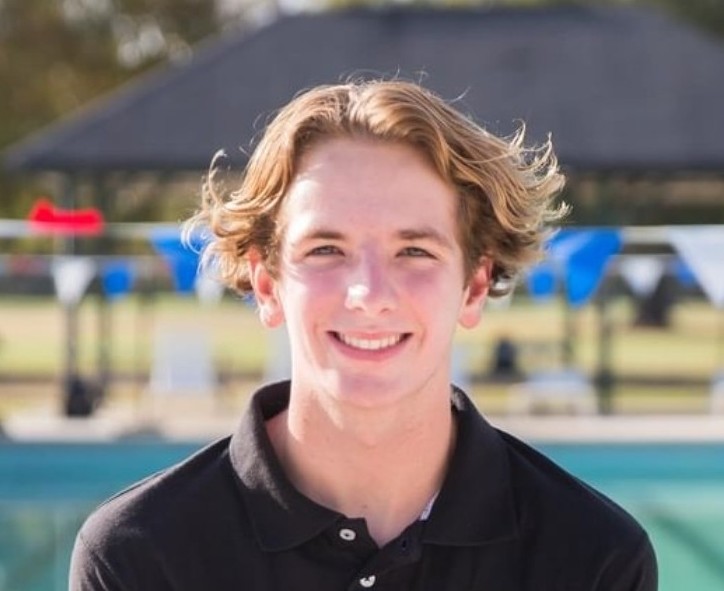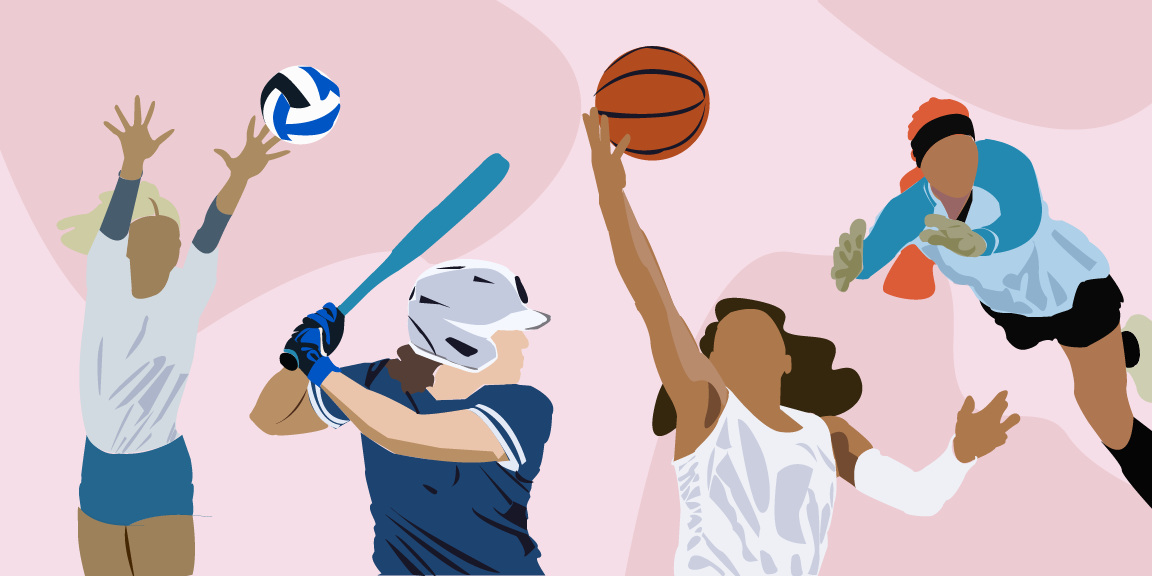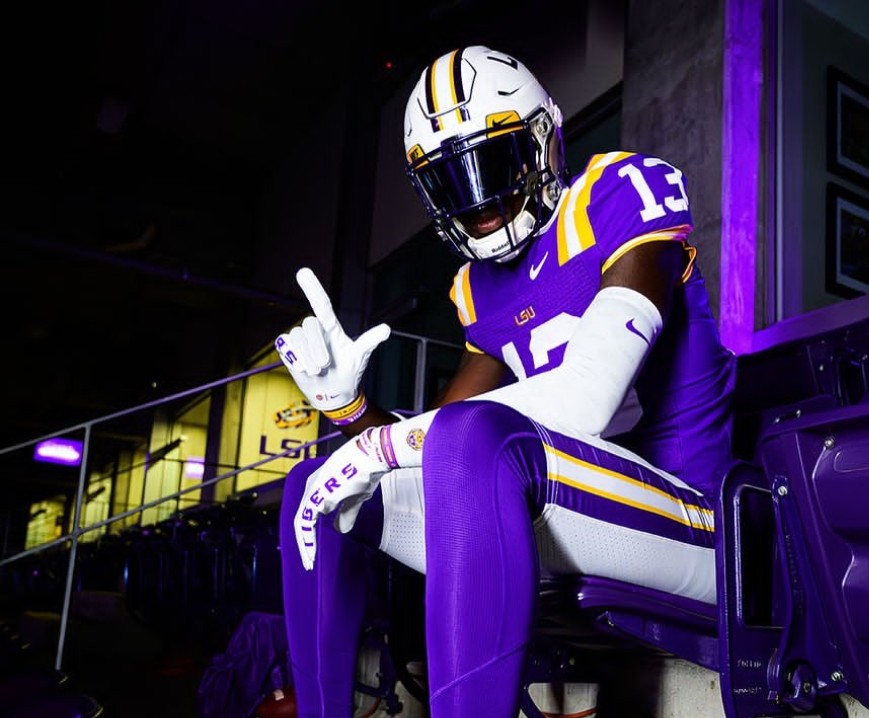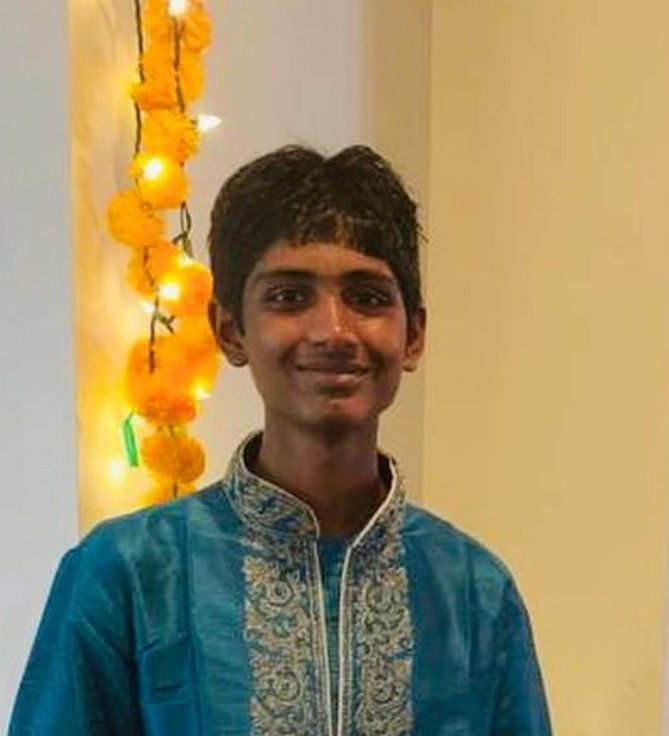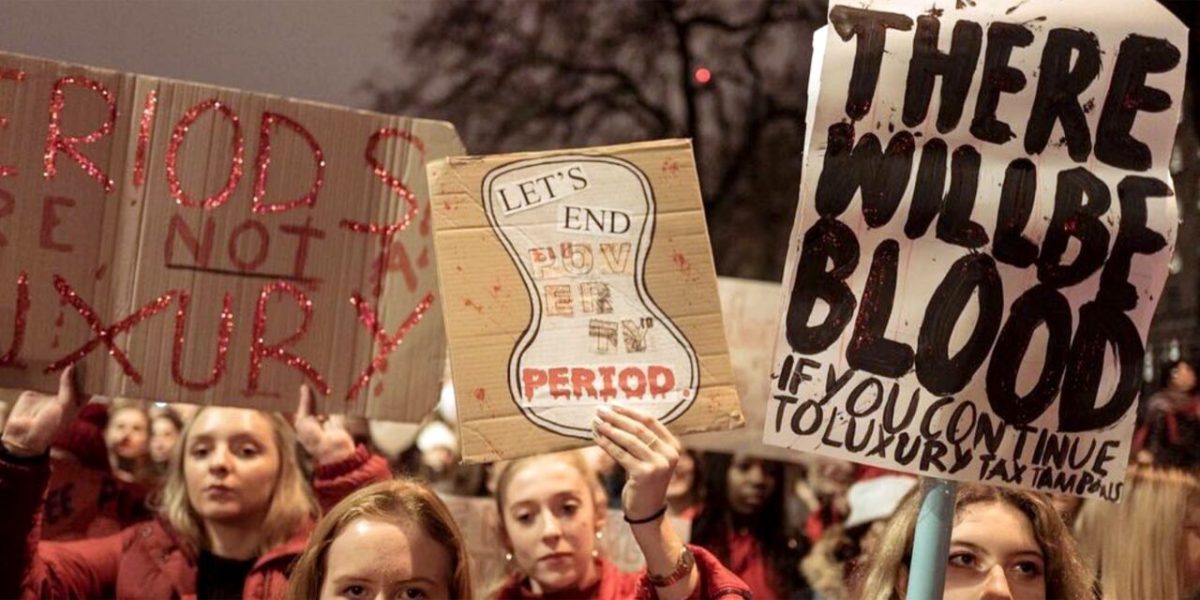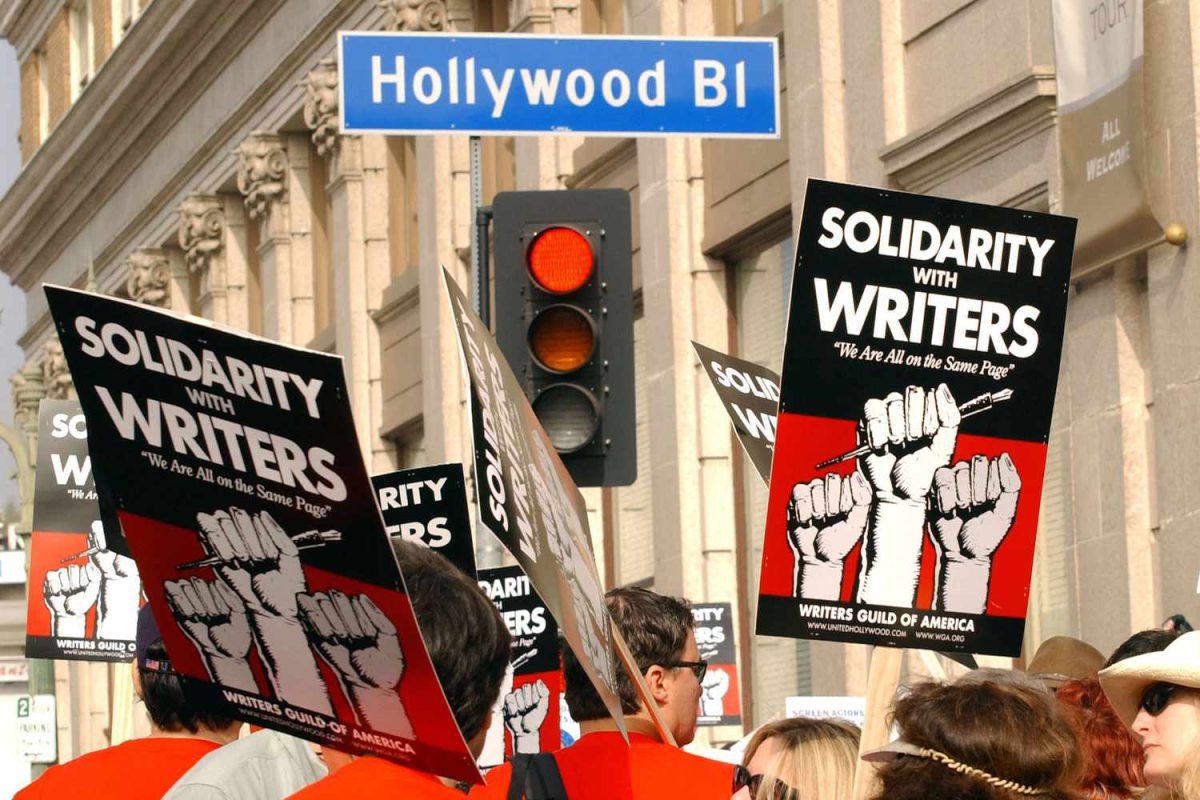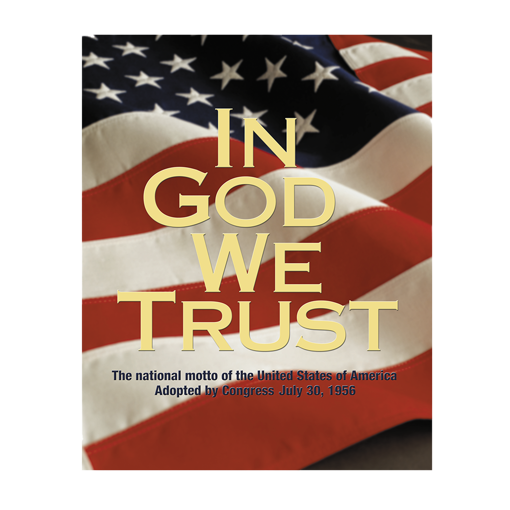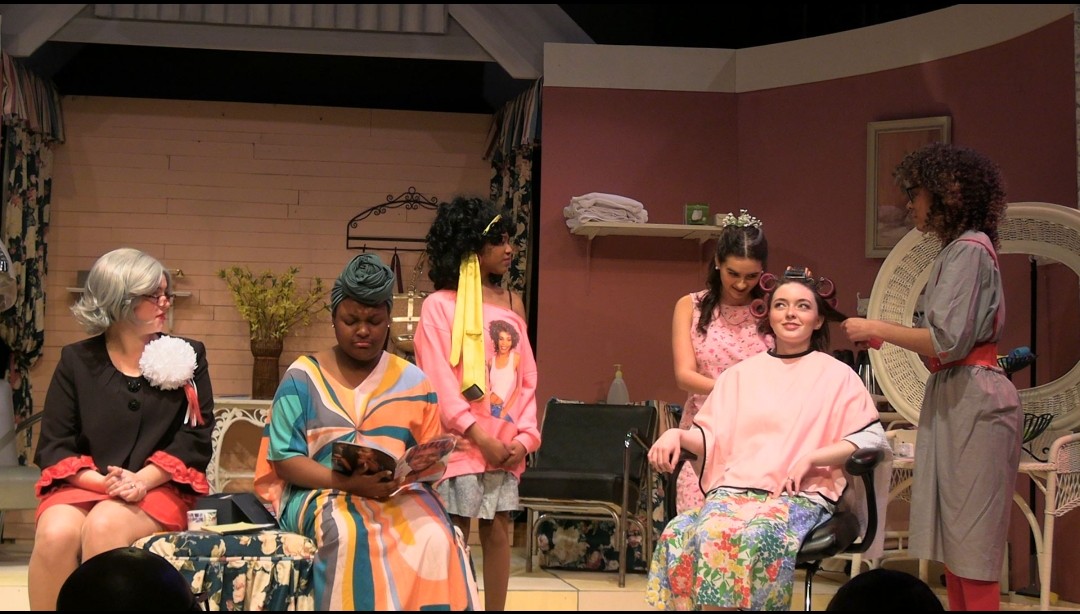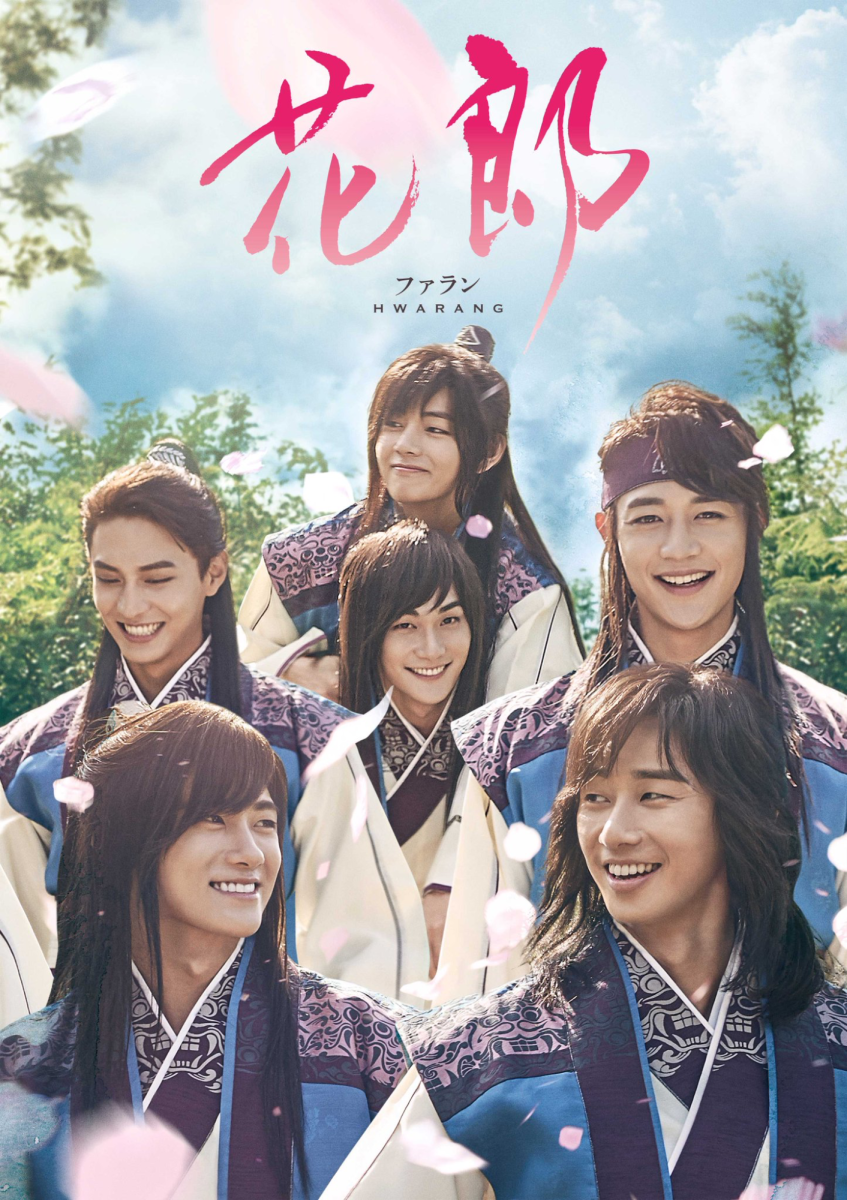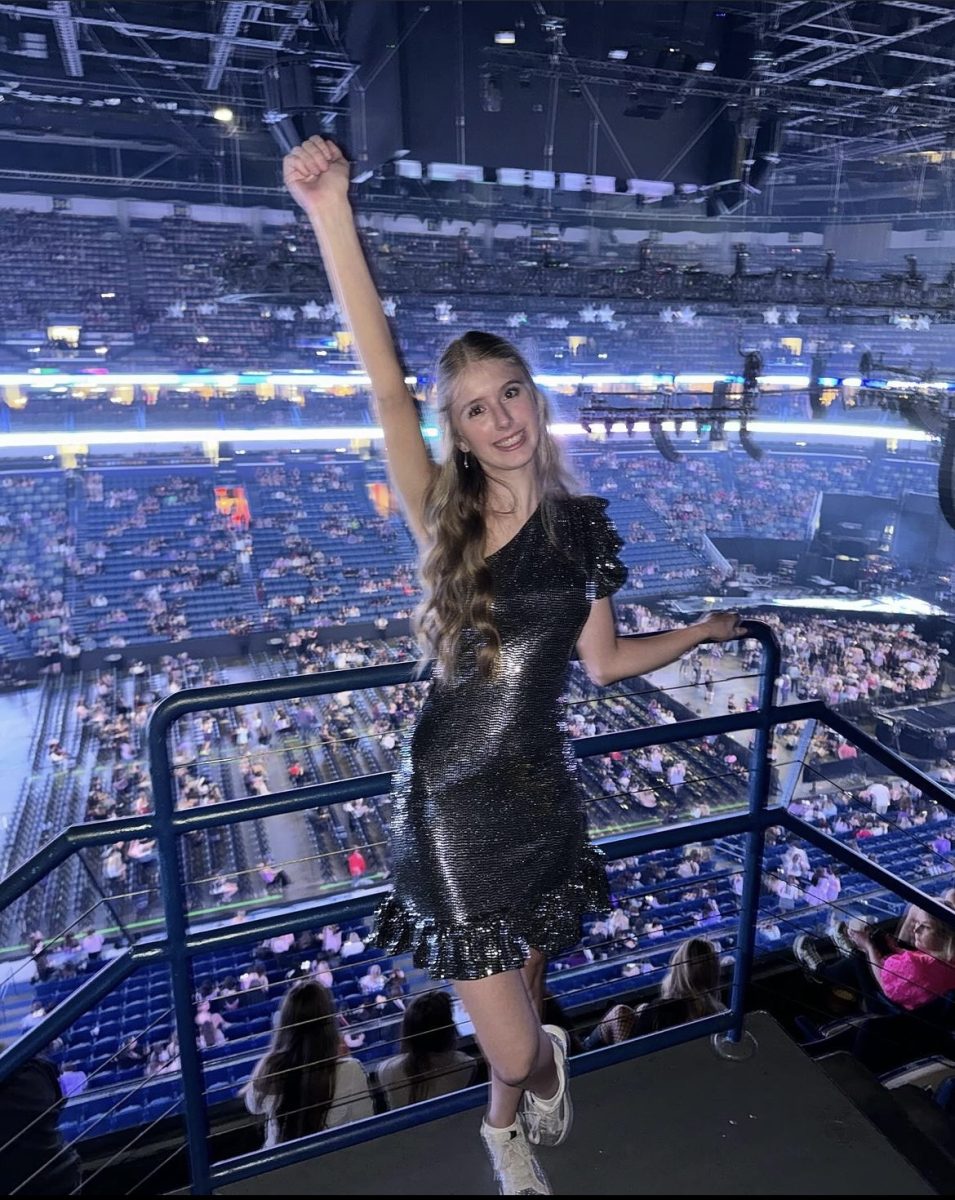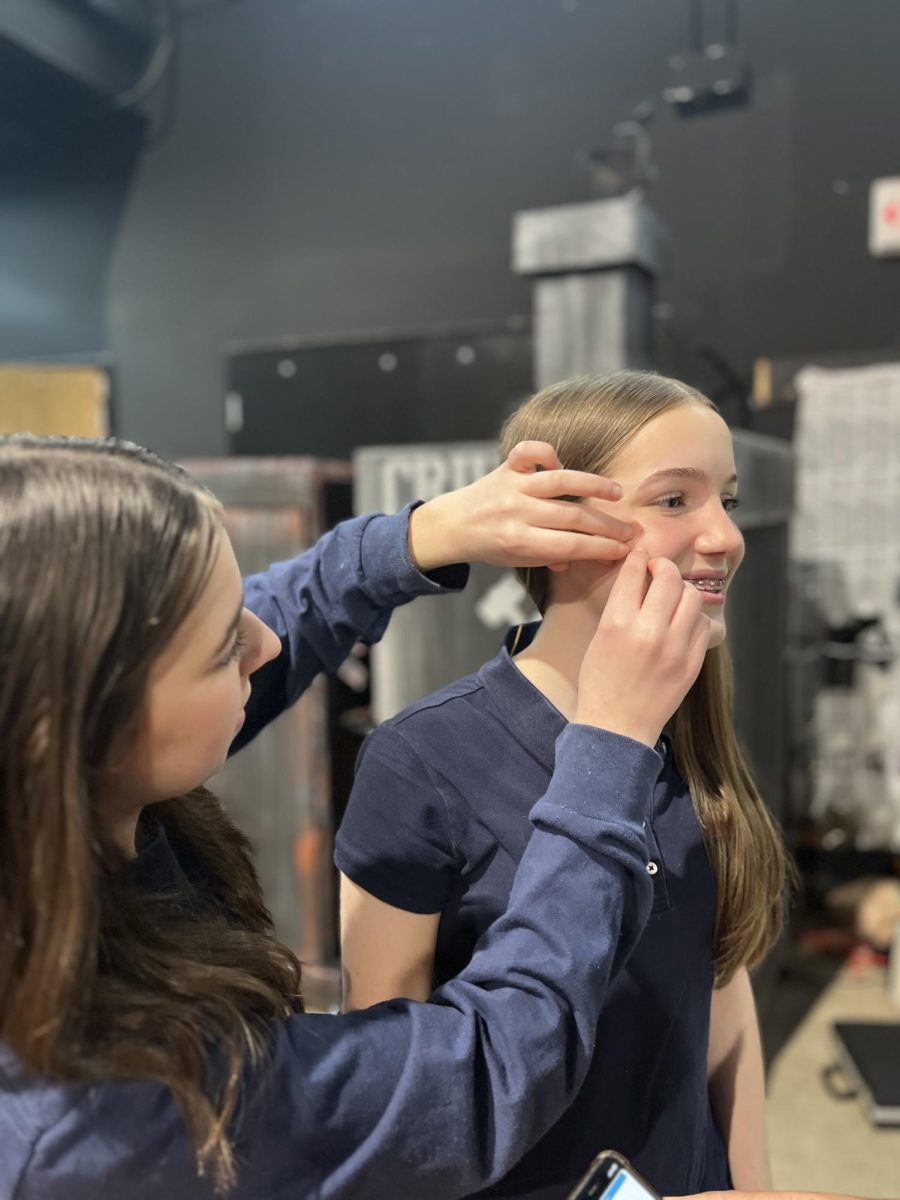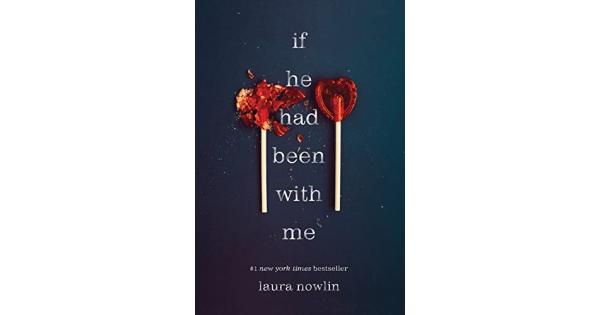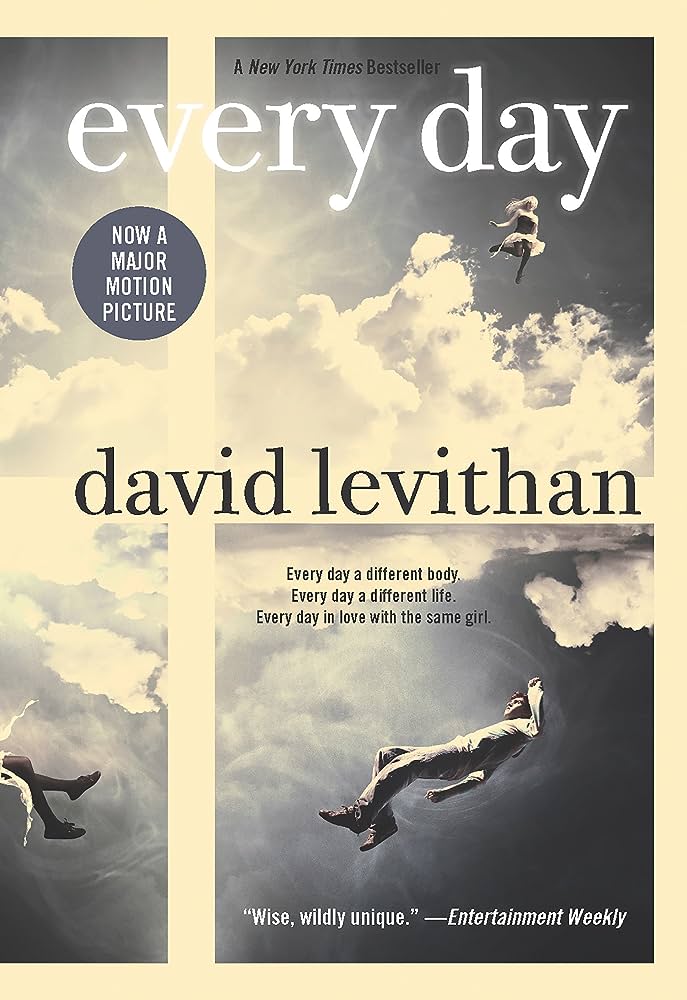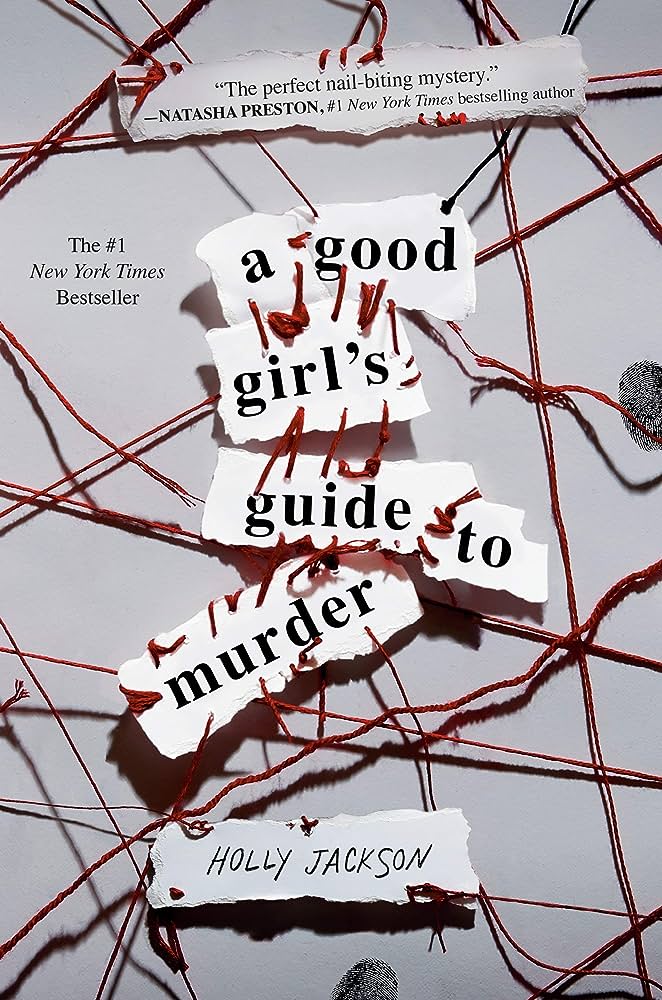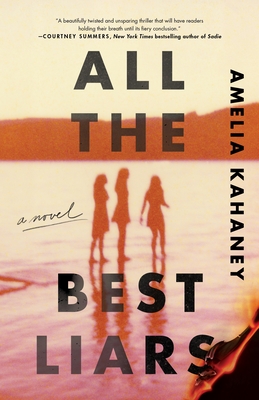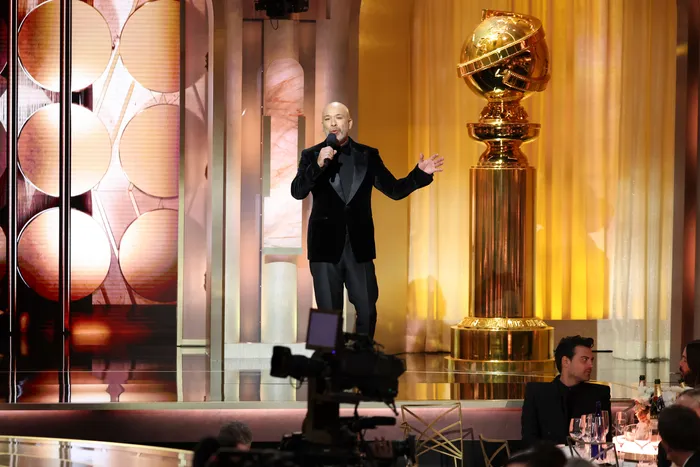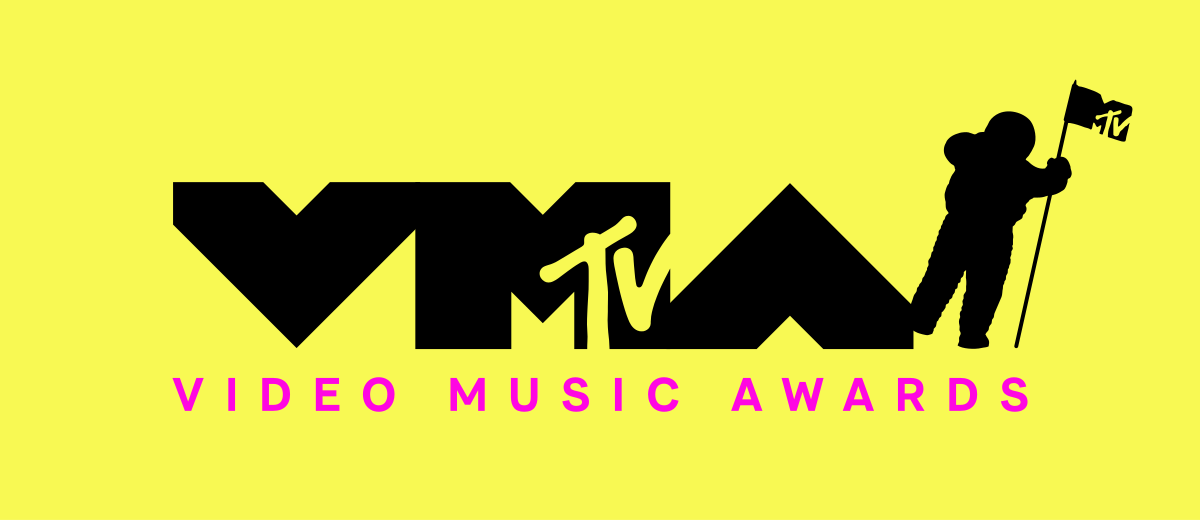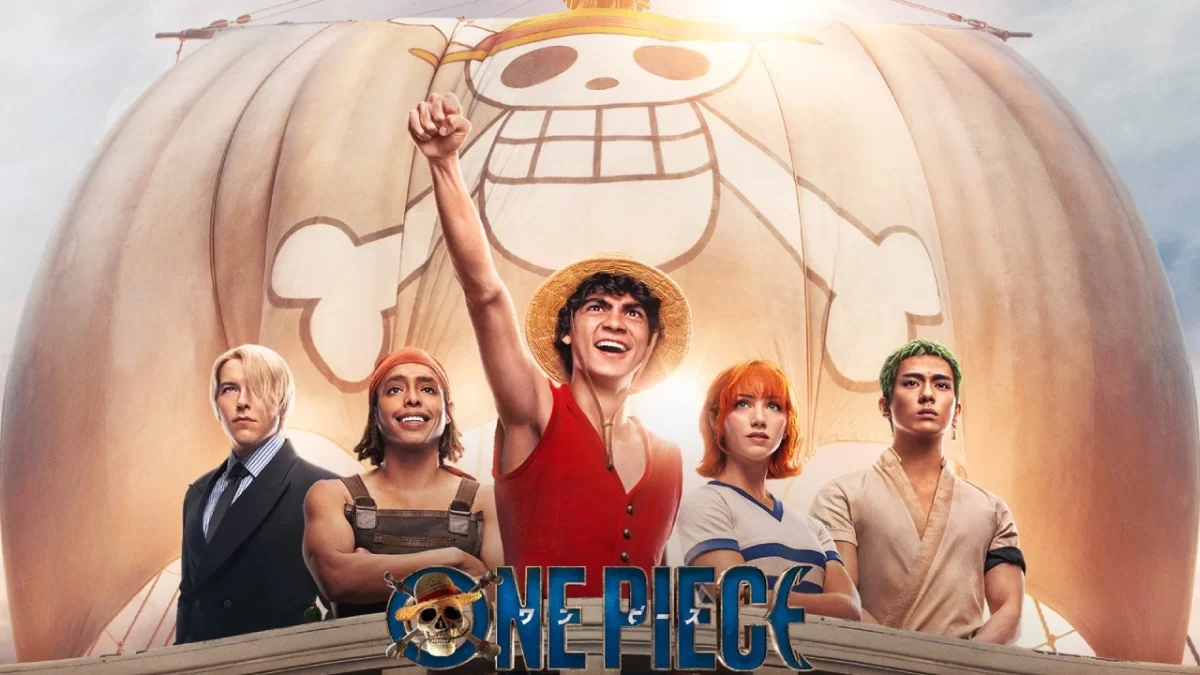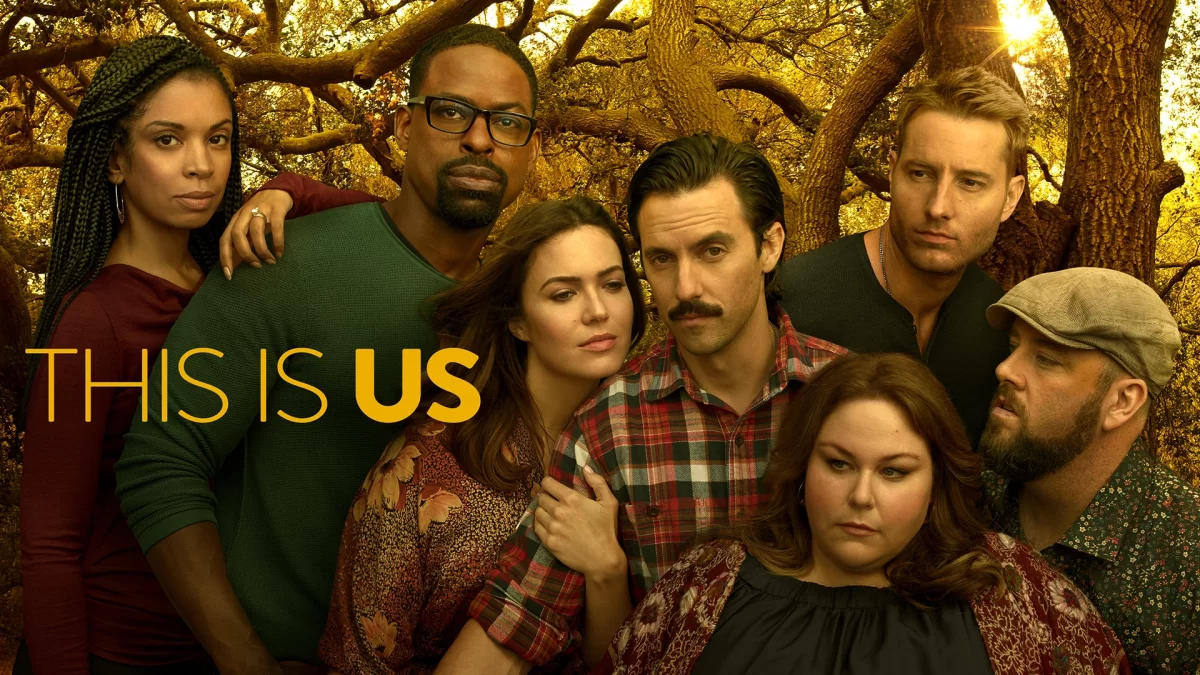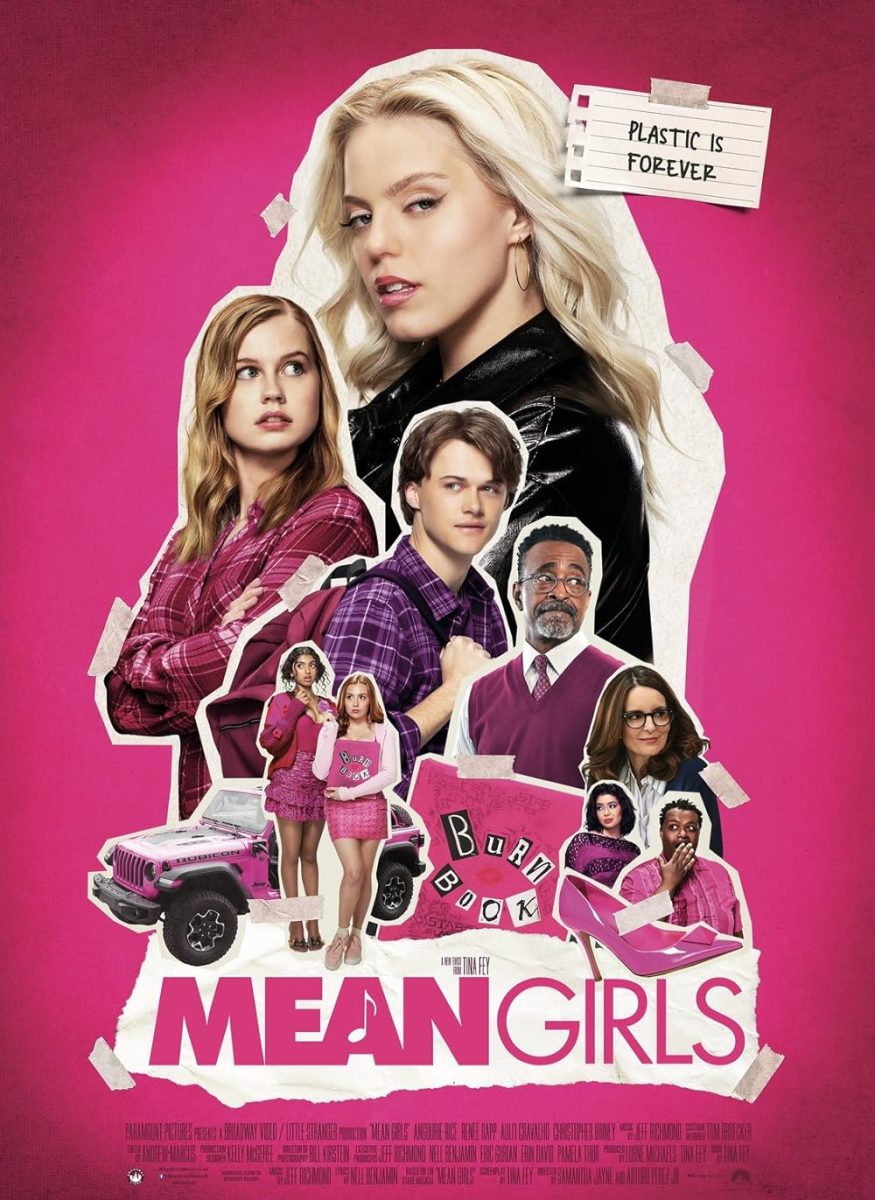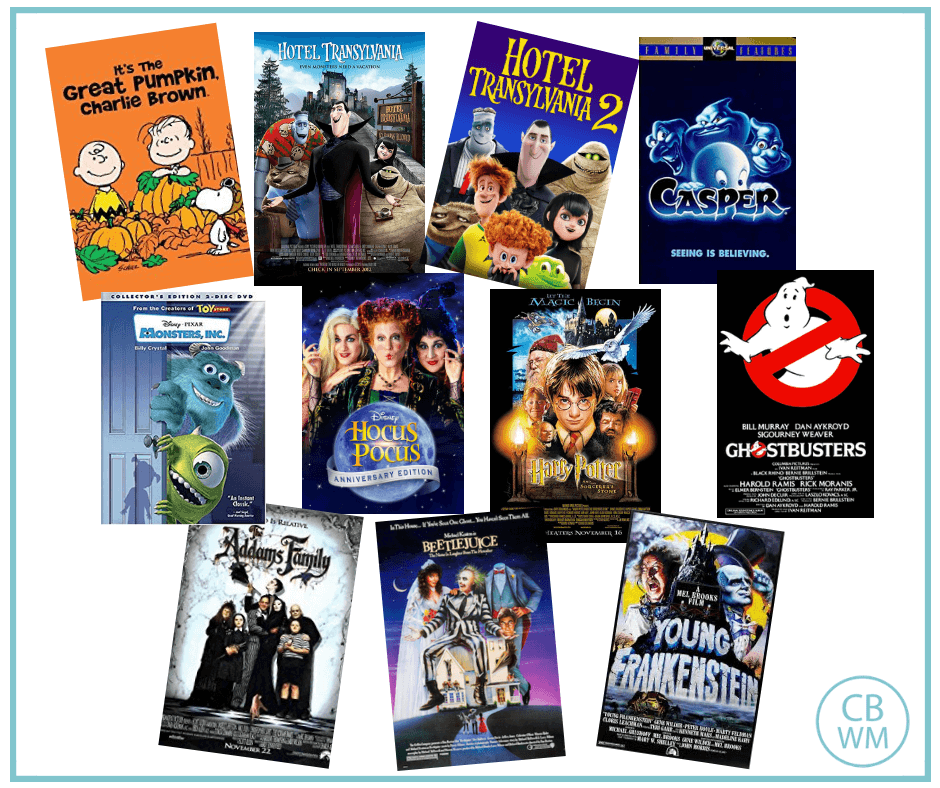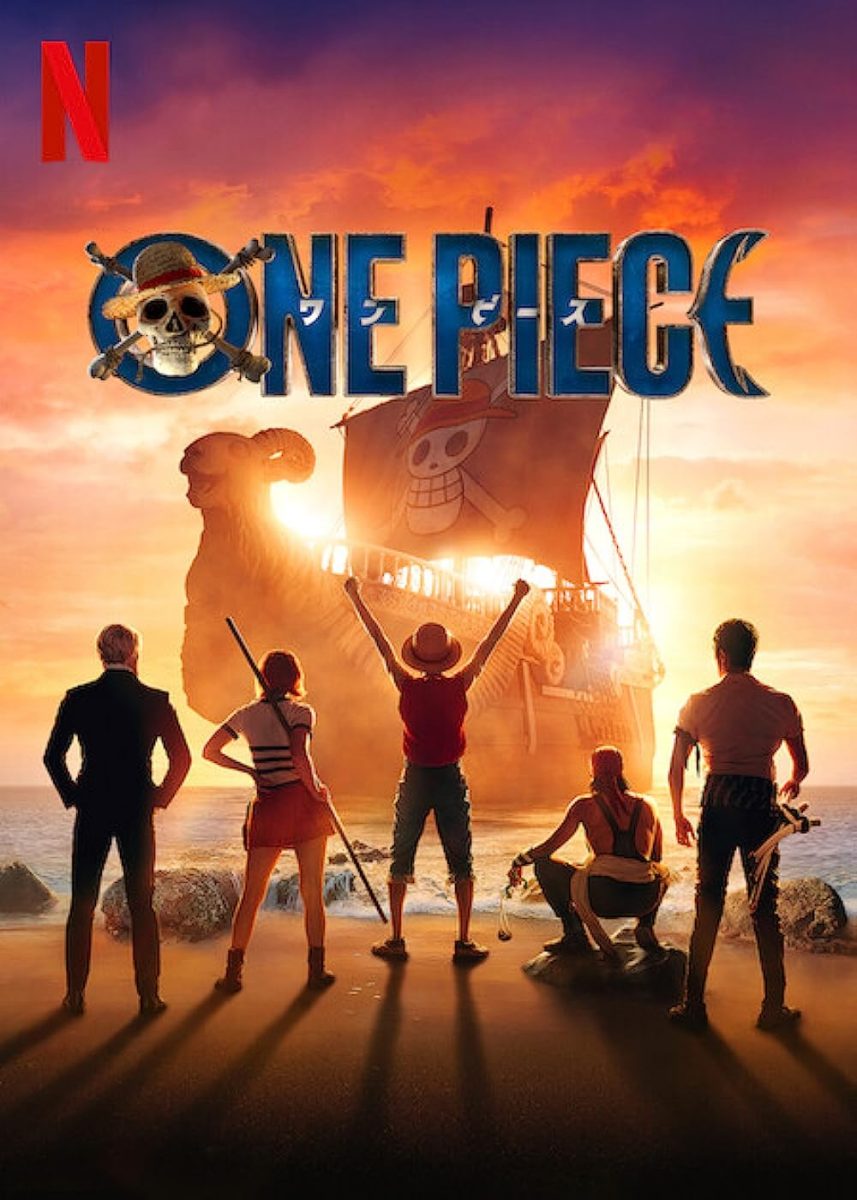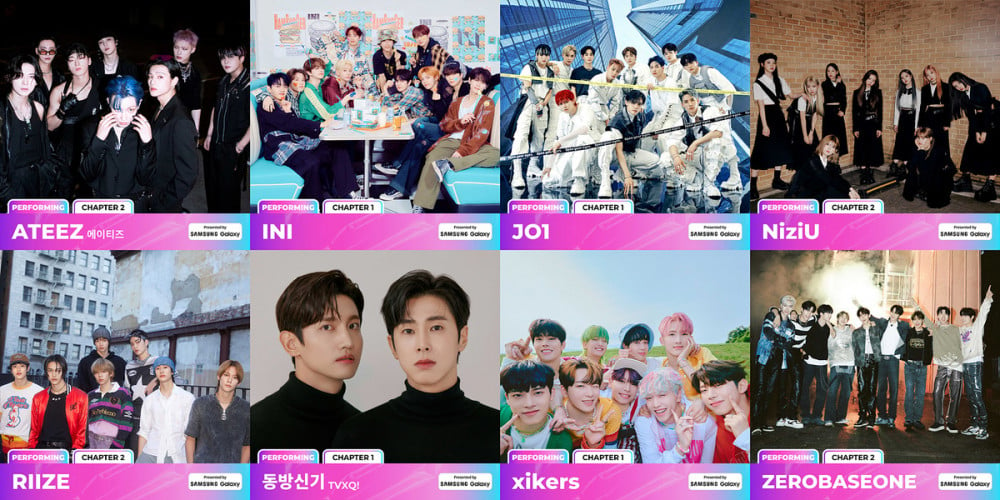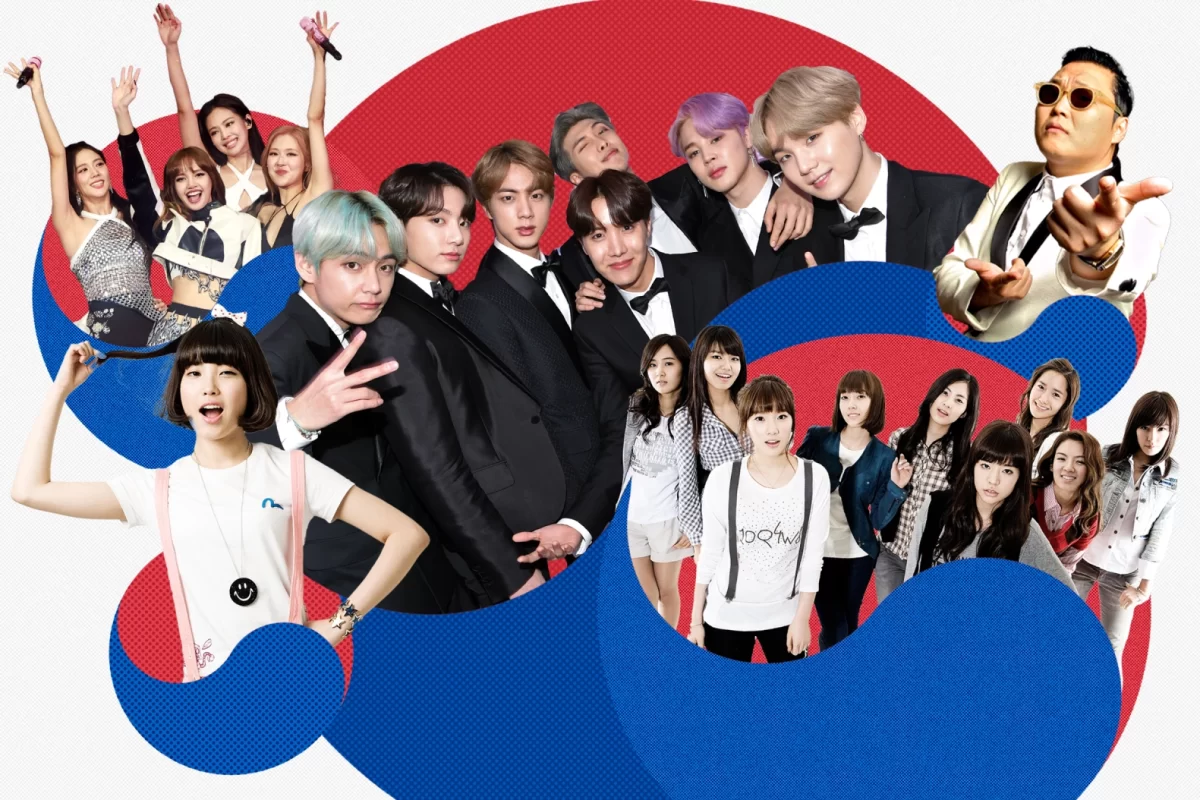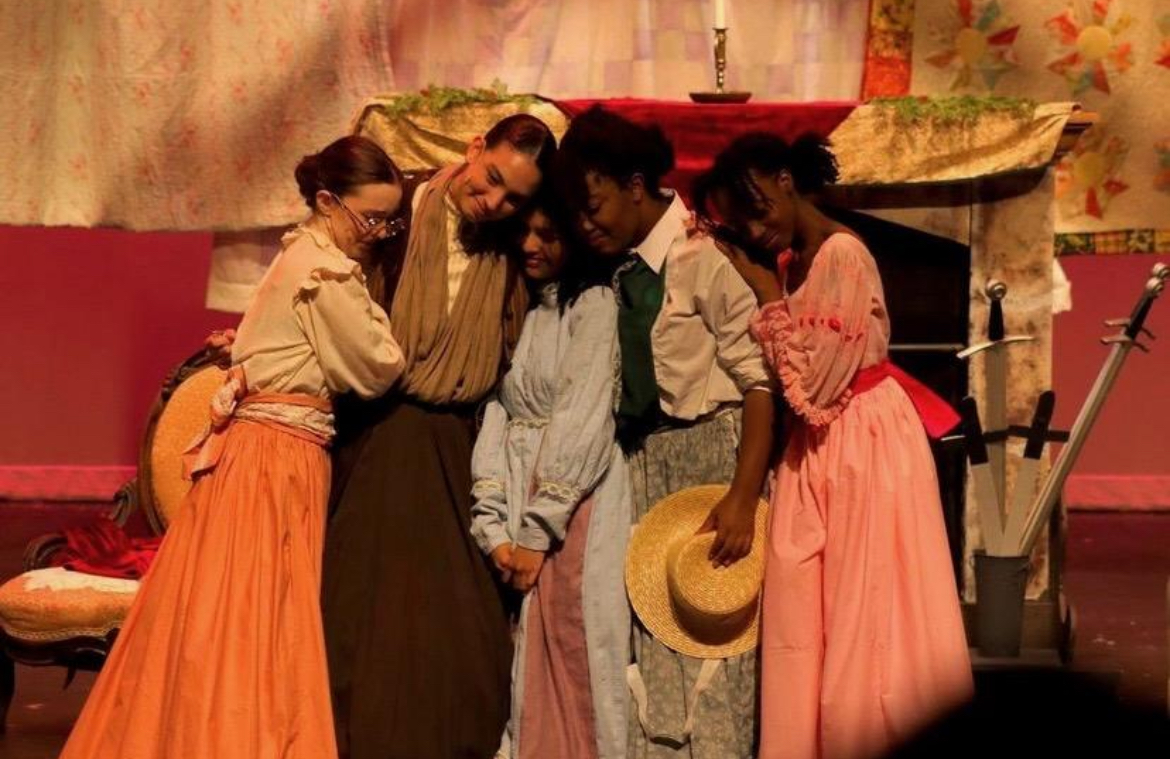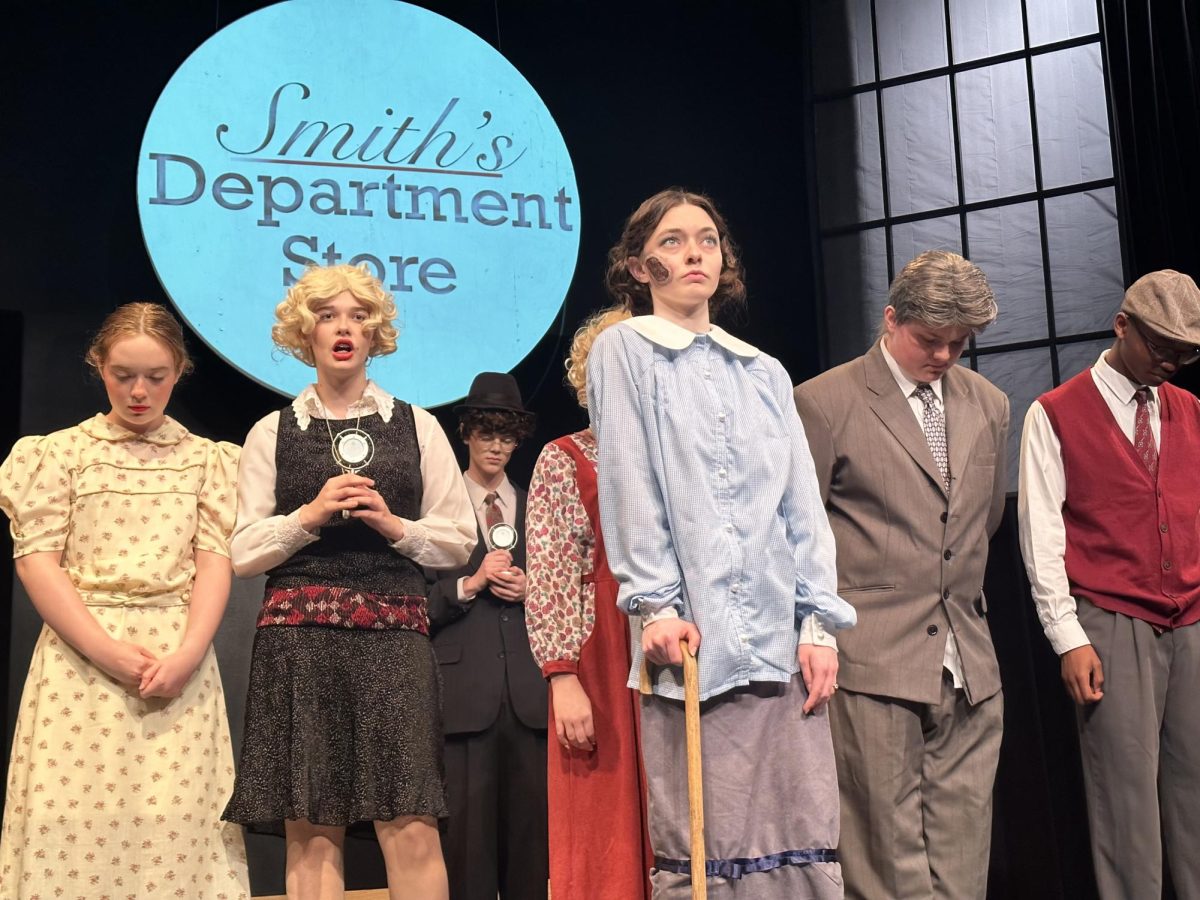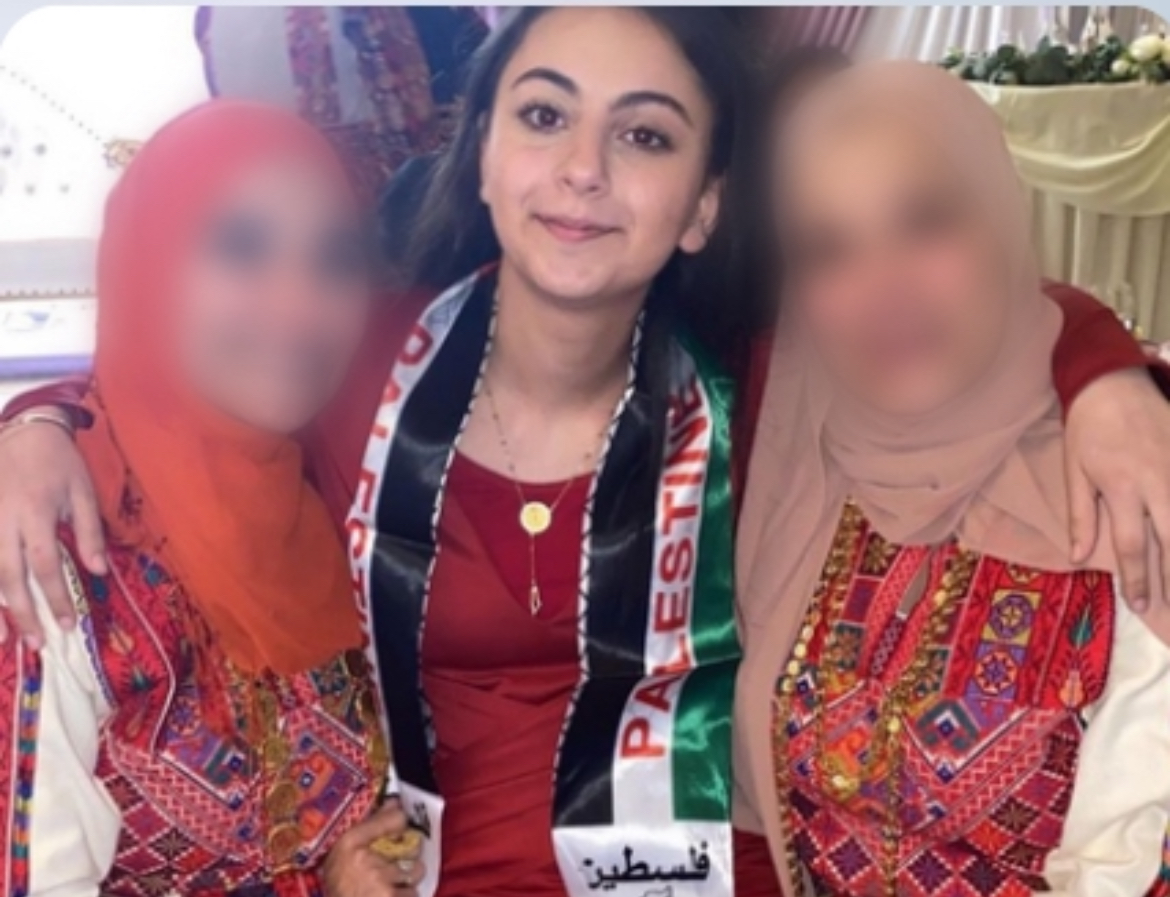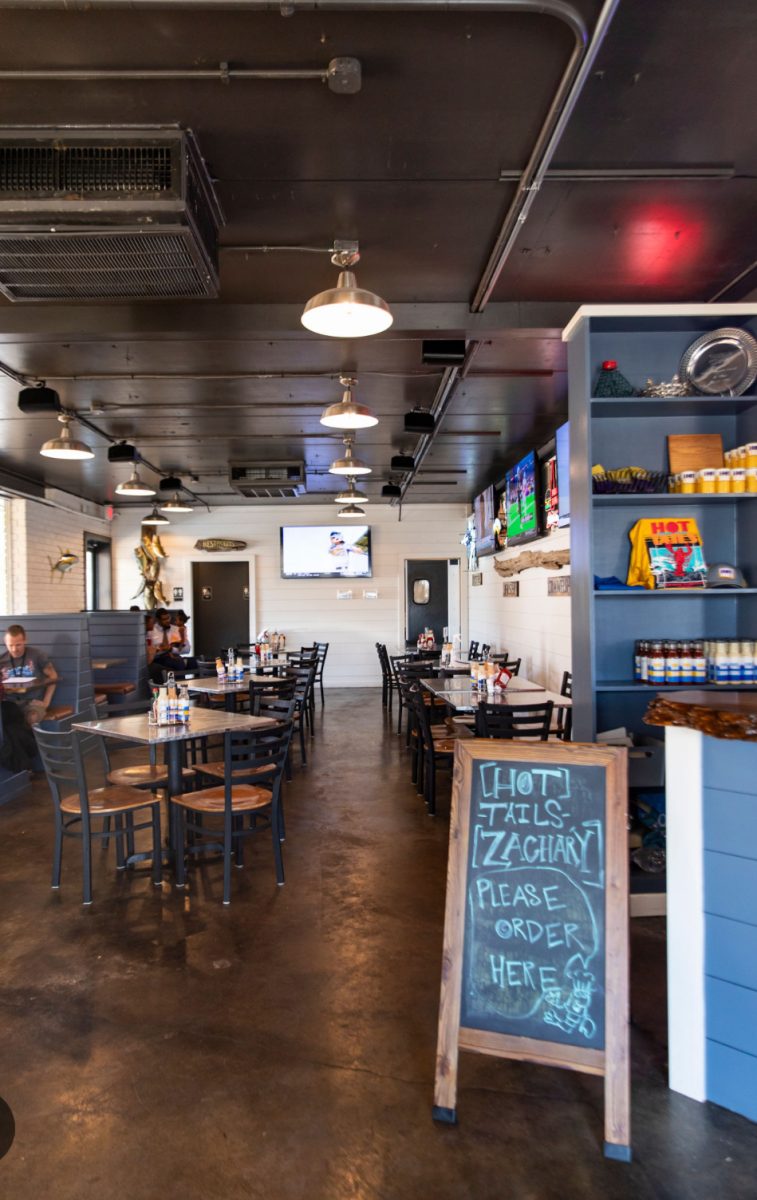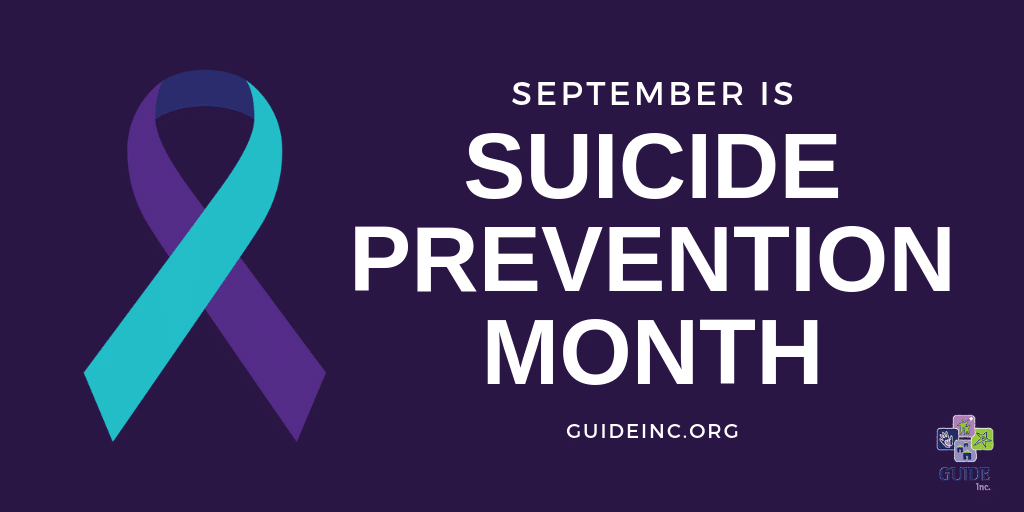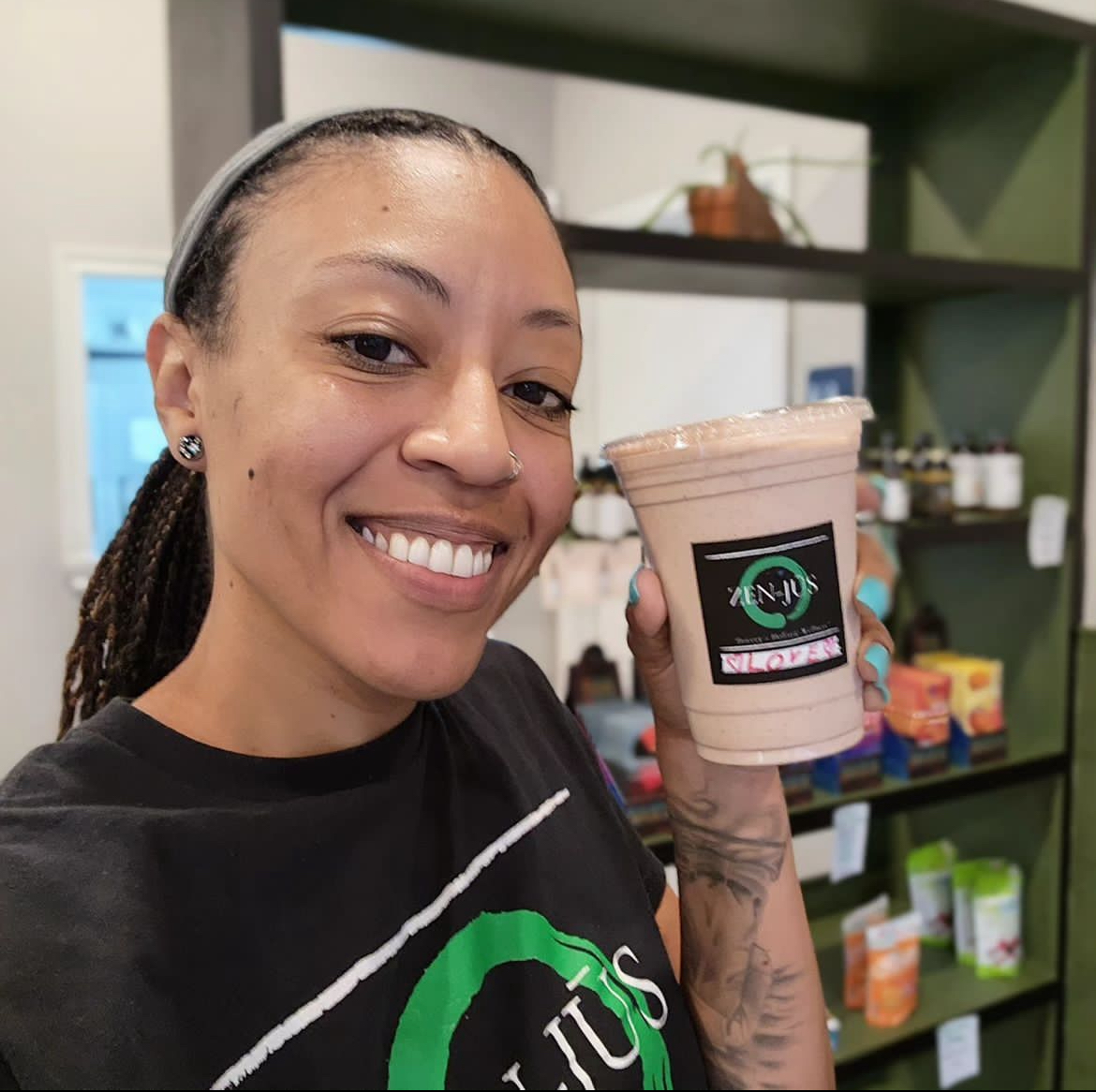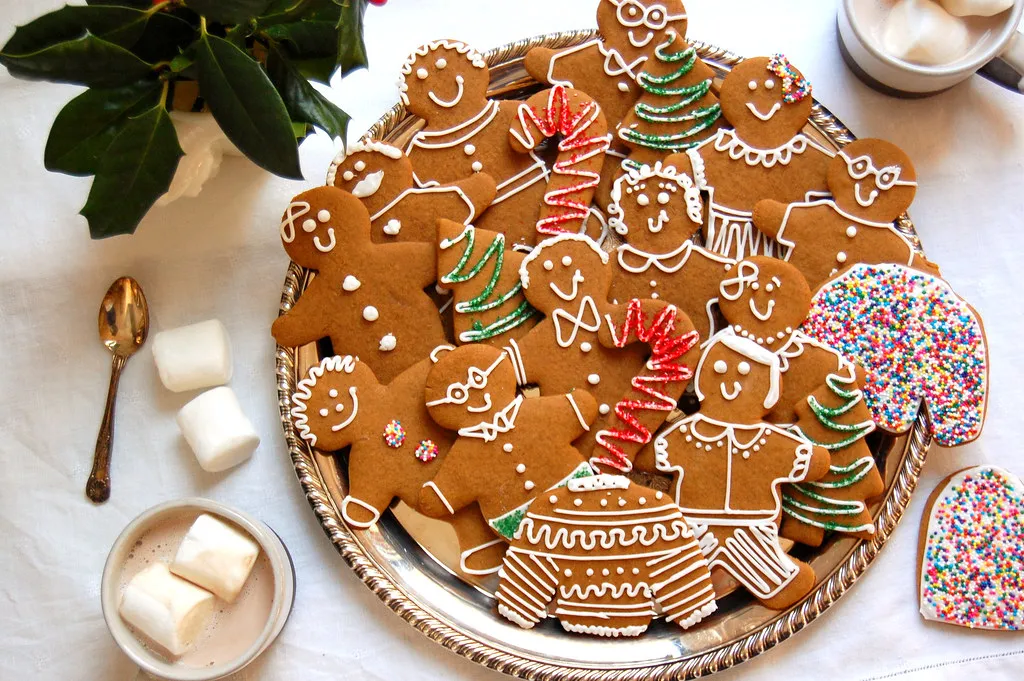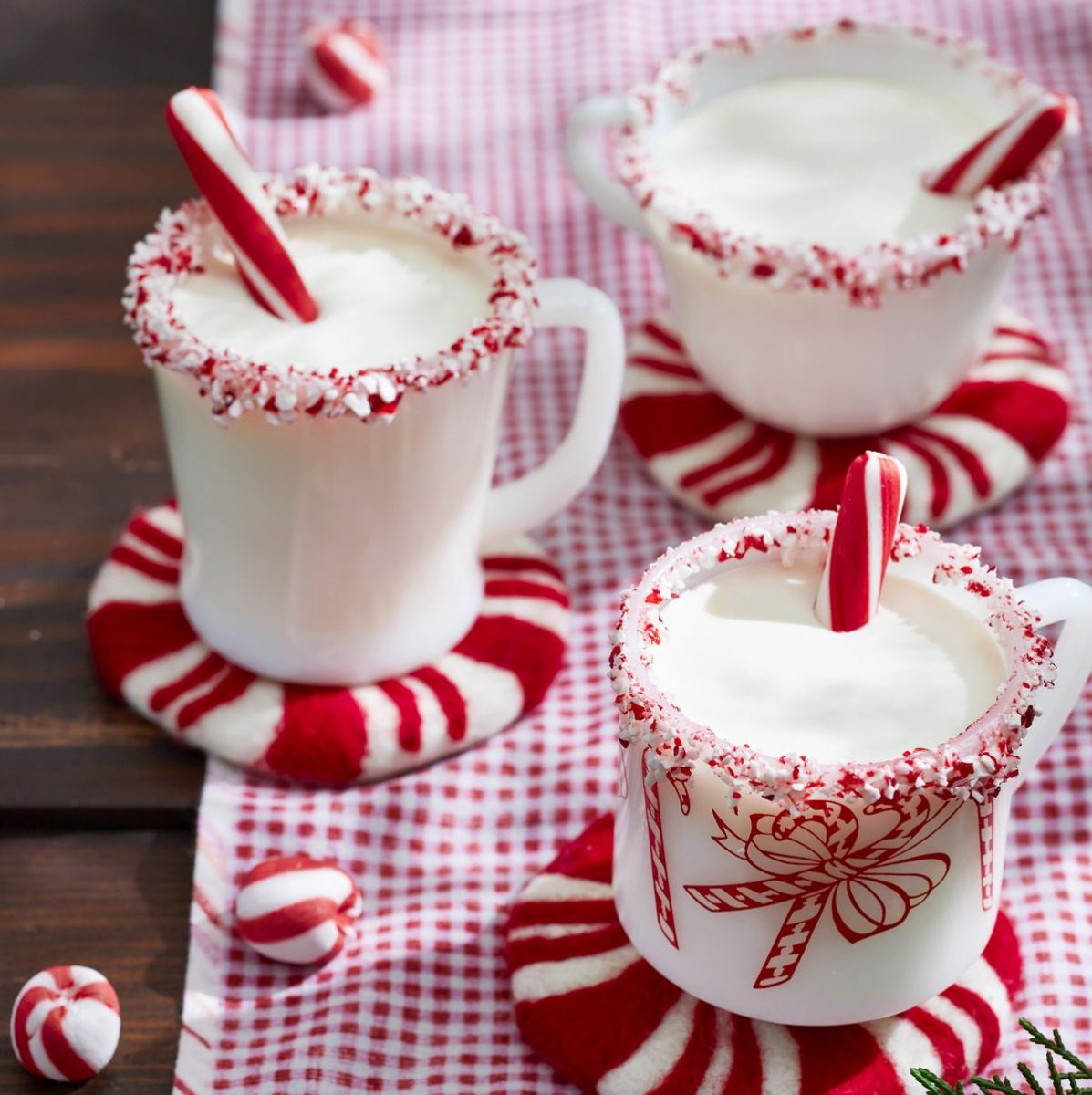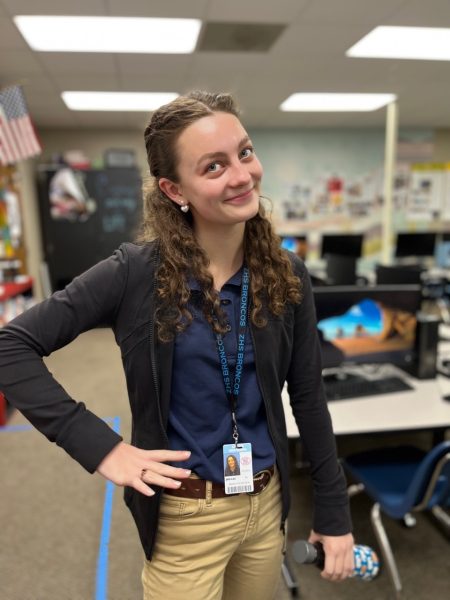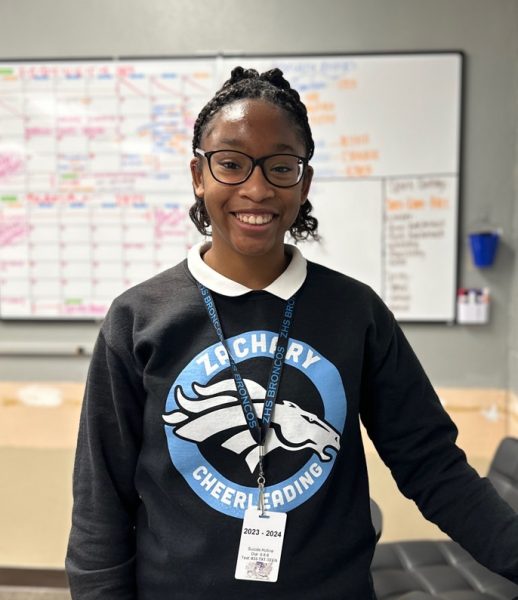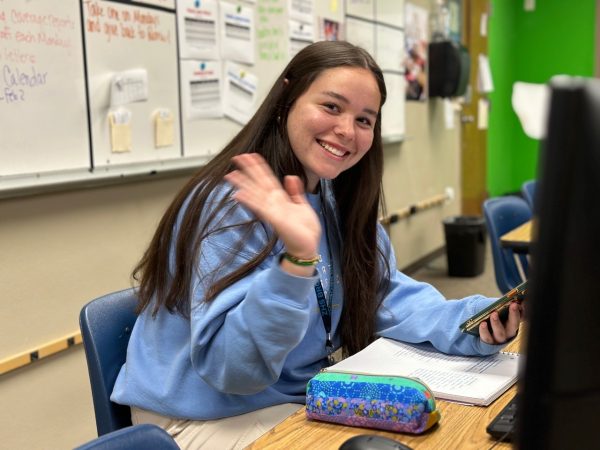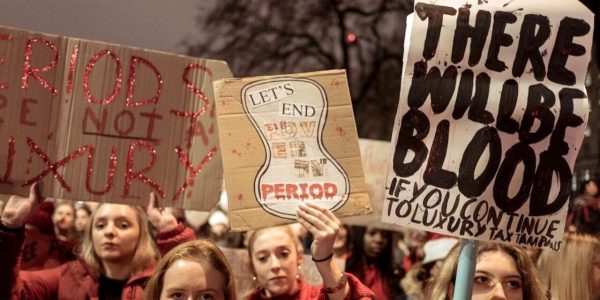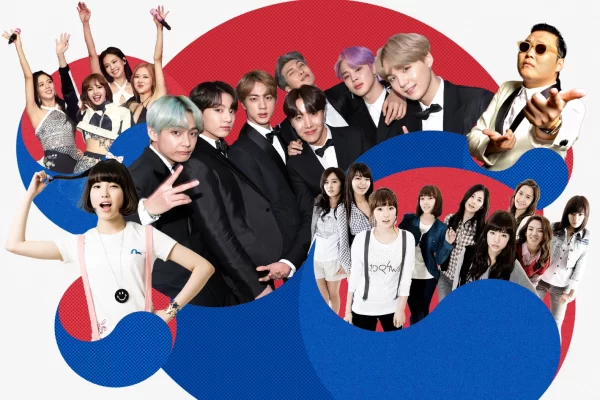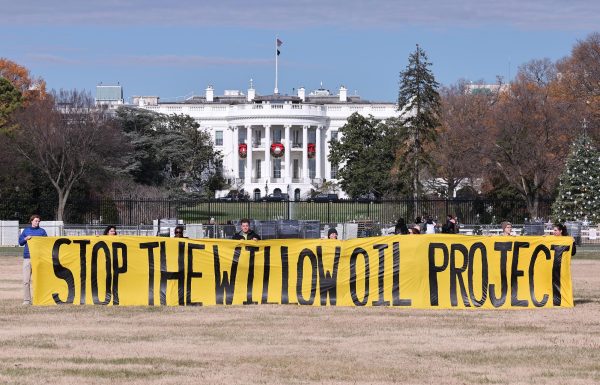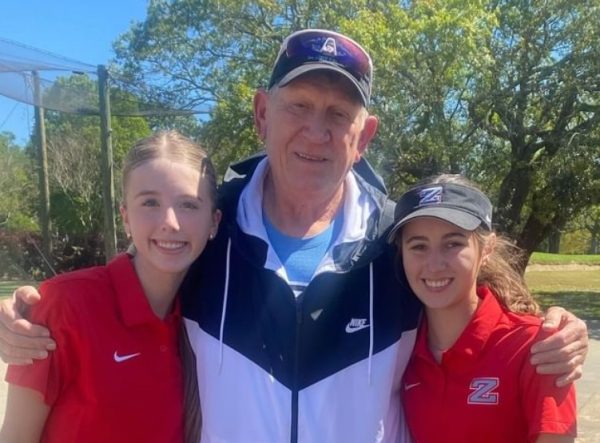Diving Into the World of Disney Princesses
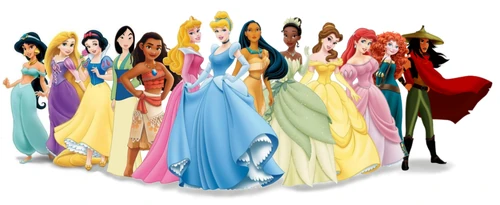
January 23, 2023
How are Disney princesses defining our society regarding feminism, body image, and the LGBTQ community?
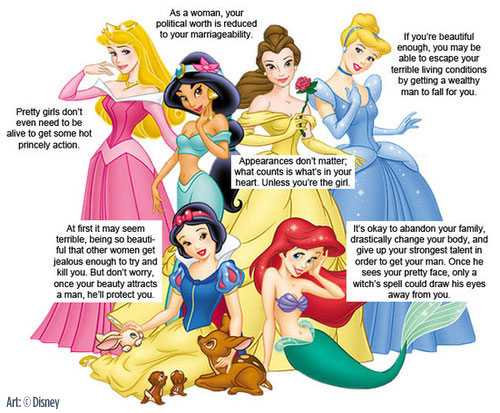 Feminism
Feminism
Maddy Snyder
From Halloween costumes to catchy soundtracks, Disney Princesses are the ultimate inspiration for little girls across the globe. Every couple years, when a new princess is introduced, the movie theatre is filled with high-pitched shouts of, “I want to look just like Cinderella!” or “Aladdin loves Princess Jasmine because she’s so beautiful!” These movies teach their audience of predominantly young girls that a woman’s life is incomplete without a man and to “earn” such a man, beauty is the most important factor, rather than character.
Take, for instance, The Little Mermaid. Originally released in 1989, but currently being remade as a live-action film, The Little Mermaid features a curious young mermaid, Ariel. When a violent storm destroys a group of sailors’ ship, Ariel rushes to the rescue of Prince Eric, one of the crew members. Despite Eric being unconscious throughout the interaction, Ariel falls madly in love with his charming looks. She longs for feet, so she might live on land with him. The wicked sea witch, Ursula, offers to grant her wish and turn her human, but for a price: her voice. Ariel can’t refuse; she trades her ability to speak for a pair of feet. In this crucial scene, Disney changed the mindset of millions of girls around the world. By choosing to become human, Ariel prioritizes her appearance over her voice, suggesting to audiences that a woman’s beauty is more important than what she has to say. Even though young girls aren’t necessarily transfiguring from mermaid to human, the message is still very much relevant: a woman’s beauty is more valuable than her opinions, she must be physically appealing to men after all.
If you think this is a problem of the past, think again. Even in more recent films, like Tangled, which was released in 2010, female characters are entirely dependent on male characters. In Tangled, Princess Rapunzel is kidnapped as a baby by Mother Gothel, who wants to use Rapunzel’s magical healing hair. Gothel locks Rapunzel away in a hidden tower and raises her as her own, teaching her to be fearful of the outside world. Despite this, Rapunzel remains curious about life beyond her tower and wonders when her life will begin. On her eighteenth birthday, while Gothel is away, Rapunzel meets Flynn Rider, who she convinces to accompany her on an adventure outside her tower. Rapunzel doesn’t take action to leave the tower until Flynn enters the picture; not only does this depict her as weak and dependent, but it also reinforces the idea that women are incomplete without men. It is infuriating to watch a woman sit around and wait for a man to walk through the door, as if she isn’t perfectly capable of achieving her own goals. Disney plays an extremely influential role in the lives of the young girls their movies are geared towards. Shouldn’t these girls be taught that women can be powerful and independent too?
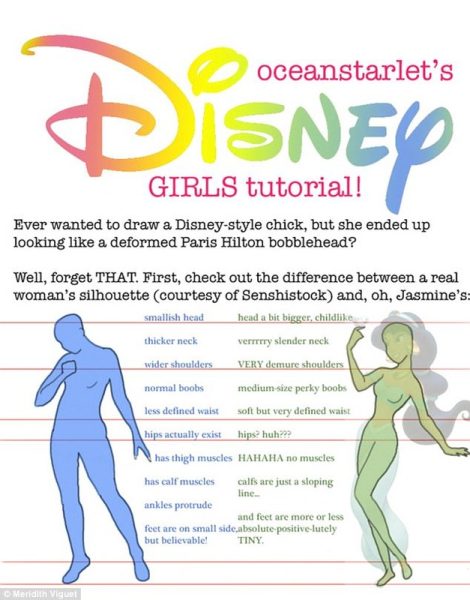 Body Image
Body Image
Alyvia Pierson
Every Disney princess to ever cross the big screen is the same: an hourglass figure, with a maximum height of 5’5, no heavier than 100 pounds, without an inch of body hair. This image is creating an entirely unattainable standard for young girls. In reality, you can’t control the shape and size of your body; genetics does that for us. And, of course, body hair is normal and is a part of puberty, occurring during adolescence, who most of these princesses are. Claiming otherwise is brainwashing young girls.
Today, if we don’t love our bodies, the right surgeon could clip, zip, and erase the “ugly” or “unwanted” parts of our bodies with a cosmetic procedure. But who or what is causing women to change their bodies surgically? Additionally, who is influencing young girls on body image? Princesses. The innocent fairytales we watched as children teach young girls that it is “necessary” to have a thin figure with heart-shaped lips and straight hair and act like a princess.
Unfortunately, I’ve experienced this firsthand as an African American female in America. I remember looking at myself in the mirror as a young girl, wishing I had Cinderella’s blonde hair. Furthermore, I watched my younger sister wish for the same: “I want my hair down and straight like Elsa’s.” It was heartbreaking to hear my sister say that. I told her, “The way we are is perfect, and don’t let anyone tell her that her voluminous black locks aren’t beautiful.”
There need to be immediate changes in the future. Disney animators should ask themselves, “Why am I choosing to put this princess in a dress?” or “Why am I choosing to give this princess a big bust?” Young girls need to see that their curves, weight, hair texture, and body hair are just as beautiful and, most importantly, unique. After all, no size fits all, so every girl and woman should live unapologetically and wear the tiara their way.
The LGBTQ Community
Laila Sanders
LGBTQ doesn’t play a role in the Disney princess community. Since the first princess, Snow White, to the most recent, Raya, Disney has yet to explicitly represent the LGBTQ community. Characters in the background have been claimed by Disney as “gay”, but there is no actual representation throughout all of Disney. Disney has portrayed mostly all the princess as damsels in distress and if they are not being saved by a man then they are portrayed as a strong independent woman. Disney has used the independent track as a means of covering up their lack of representation. Yes, representing independence for women is amazing, but have we forgotten about the possibility that the girl might want to be saved by another girl or maybe the prince wants to be a princess.
The lack of representation is giving young kids the idea that it’s not ok to be gay. The world has evolved drastically, but Disney has been stagnate. Of course, Disney has its little shorts during pride month, but nothing changes in the movies. Young girls and boys see these princess movies and they start to form an idea of how they should look, act, and believe. This weak image of the LGBTQ community that Disney has created only leads to kids believing that it’s simply not ok to love who you want and be who you are.
The LGBTQ community is a very controversial topic. Many parents aren’t ready to introduce their young children to this community, of course this is understandable, but as the world progresses humans progress with it. In the past couple of years, this topic has started to be more and more talked about and more and more young adults are coming out as homosexual, pansexual, bisexual, etc. Being part of the LQBTQ community should be just as normal as being “straight”. No matter if you’re homosexual or heterosexual you should know that’s its ok to love who you love. No person should be scared to be the way they were made to be. With that, adding this perspective to Disney princesses can really start introducing young kids to this in a way they can grasp and understand. No matter what your opinion is, your child should know that they are allowed to love freely and no matter what they will be loved and accepted.

